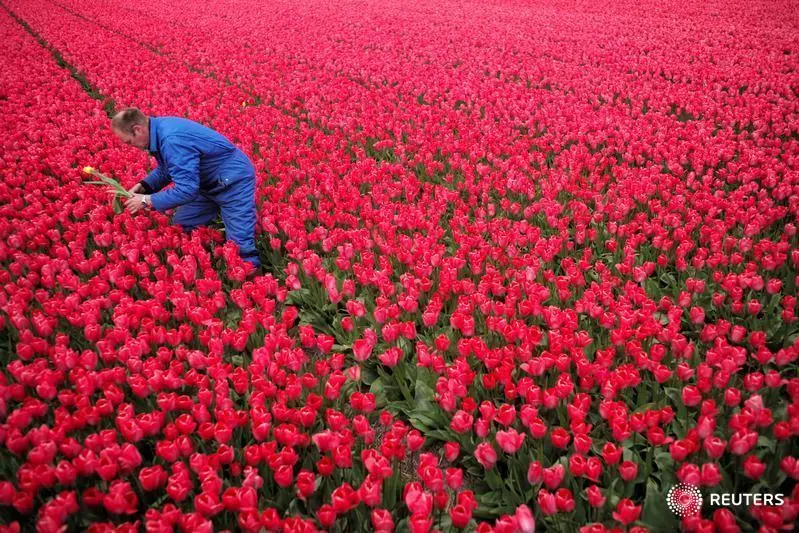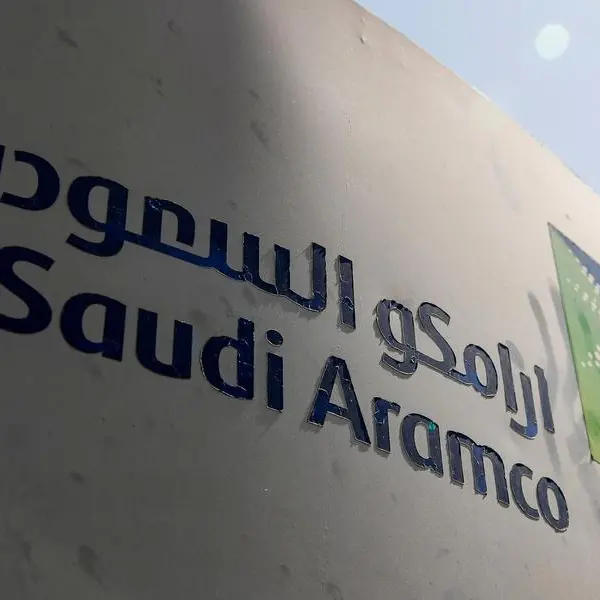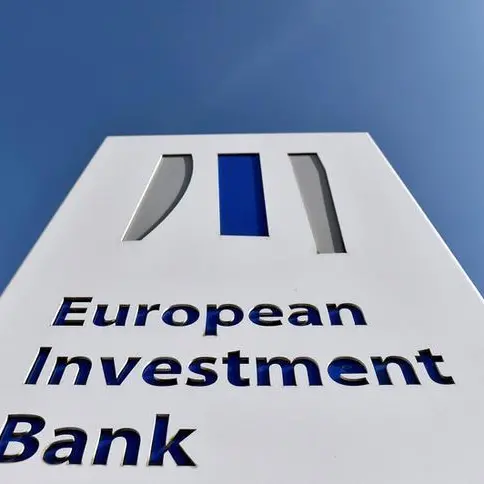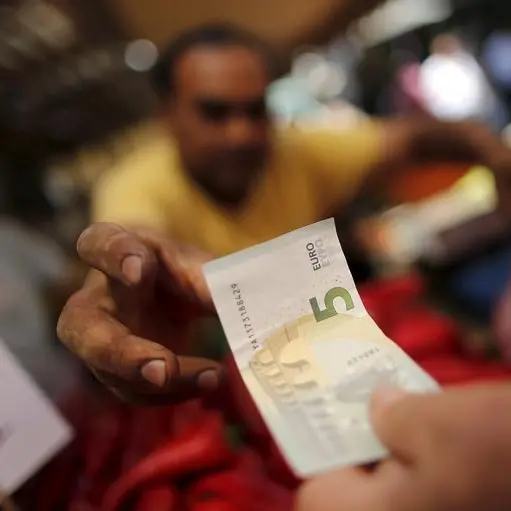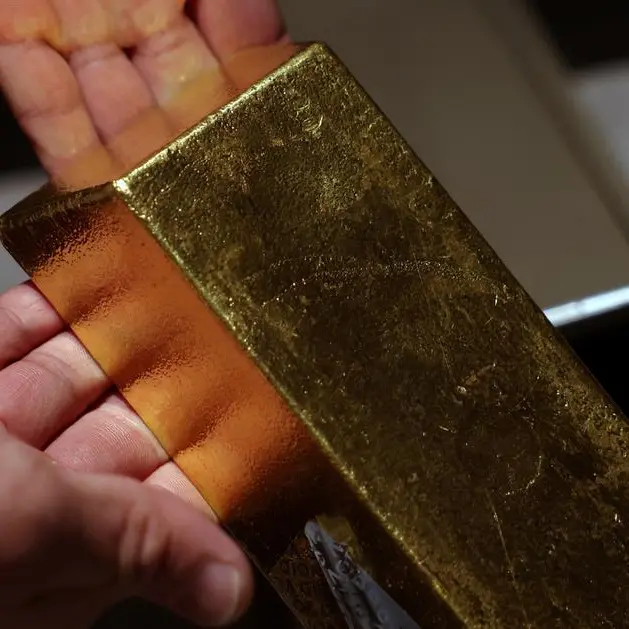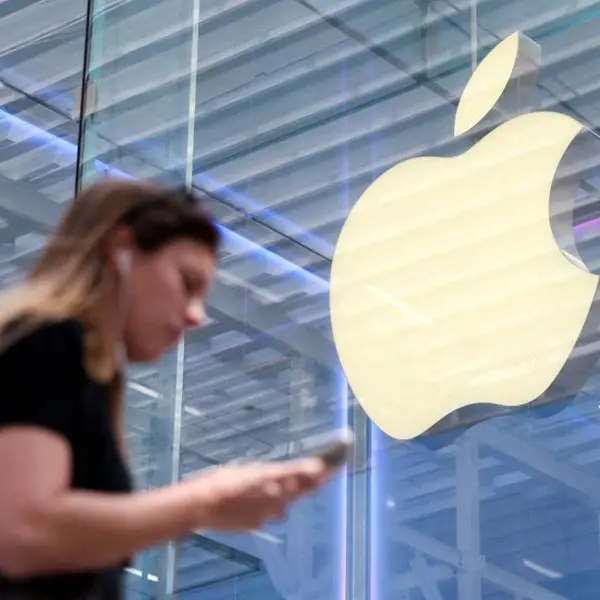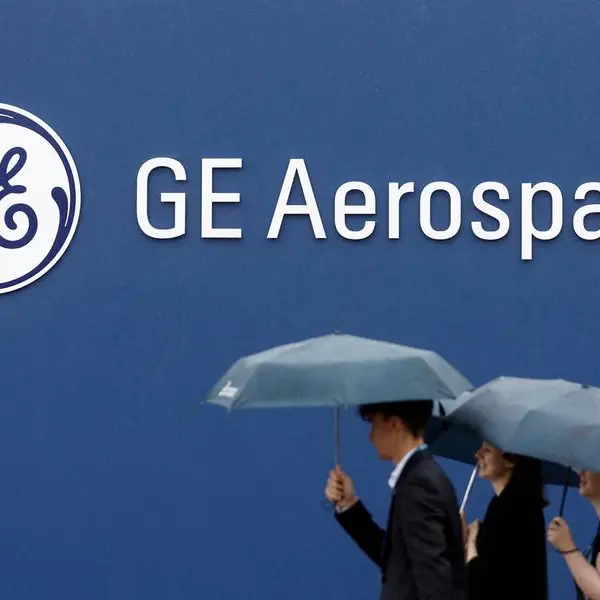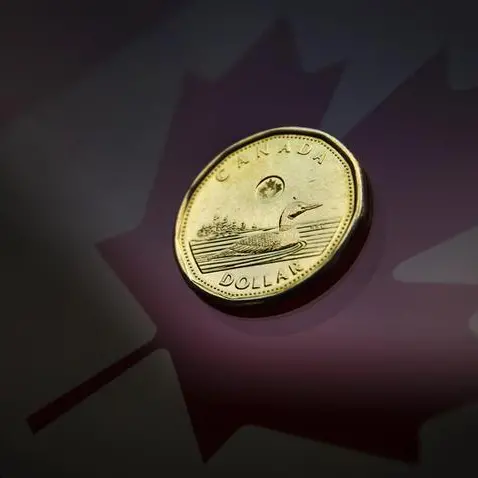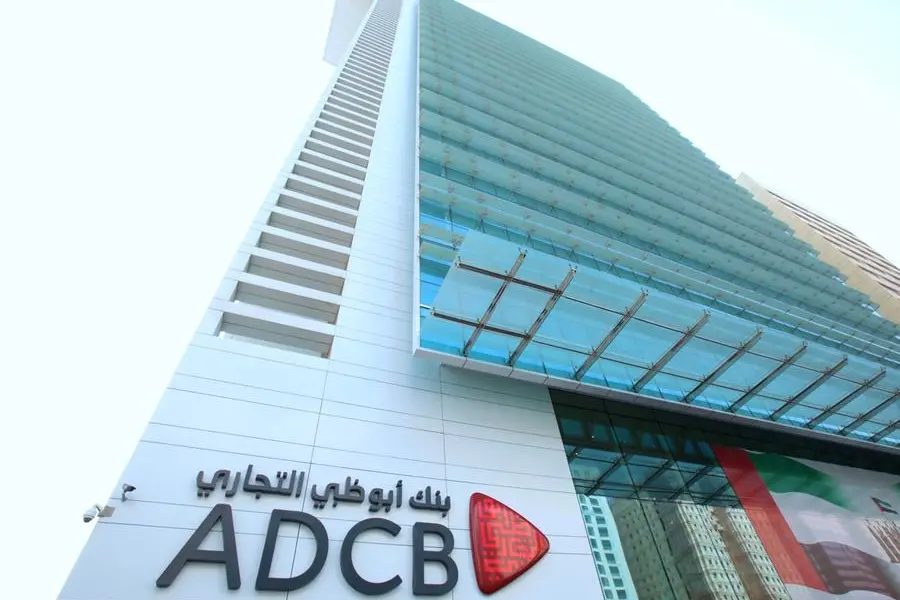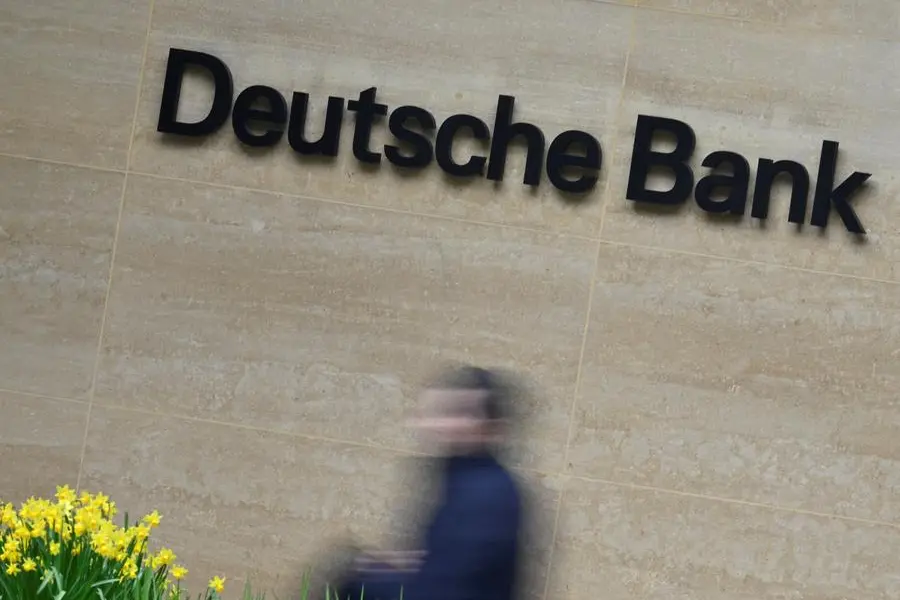PHOTO
Image used for illustrative purpose. Farmer Piet Warmerdam picks up a yellow tulip from a red flower field as its growth could damage the rest, in Den Helderin, Netherlands April 22, 2017. Picture taken April 22, 2017.
A whole category of alternative investments relates to investments of passion. As the name suggests, such assets are acquired for reasons that transcend financial gain and are the most alluring for investors in the Middle East and Africa, where they accounted for 35 per cent of investors’ allocations, according to Capgemini research.
They could include collectibles such as fine art and antiques, coins and jewellery, vintage cars, sports clubs, and even race horses.
“The concept of passion investing dates back to Edwardian and Victorian times, when goods from worldwide travels were traded amongst the elite and the money raised was used by explorers to fund their upcoming expeditions,” said Jessica Cook, a professional financial advisor at AES International, a global financial services company with offices in the United Arab Emirates.
“The goods that were traded gained their value through their apparent rarity – and what we consider collectibles today will include almost any object of desire that people take pleasure from owning.”
In the region, Cook said, investments of passion can include all sorts of assets such as Arabian horses, classic cars, watches and antique furniture.
The good news for the art investor-collector in the Middle East is that markets here are coming of age and there is no longer any need to make the trip to the traditional art auction centres like New York or London. Buyers can enter the market with small amounts if they are willing to take a gamble on undiscovered and upcoming artists.
Higher premium
The downside is the high cost of acquisition. Professor Ted Stephenson, CFA, CFP, CPA, a member of CFA Society Emirates, said: “Transaction costs are high for investments of passion and collectibles. Auction houses typically charge a premium to the buyer and a commission to the seller. Taken together, transaction costs can amount to more than 25 per cent of the asset’s price.”
Also, many investments of passion cannot be sold quickly since auction houses require time to authenticate objects, prepare catalogues, and market each sale.
“Another issue with collectibles is the expenses related to storage, insurance, etc. These expenses are variable depending on many factors such as if the investment is locked up somewhere or is in use, such as a rare car being enjoyed by the owner,” said Stephenson.
The Middle East appears to have a special fascination for vintage cars; there’s even a classic car rally held in Dubai and Sharjah. The right model can also offer spectacular returns. According to the Knight Frank Luxury Investment Index 2018, classic cars were the second-best performing asset class over a 10-year period, offering a return of 258 percent. A 1962 Ferrari 250 GTO, for instance, was auctioned by RM Sotheby’s for $48.4 million last year – the most expensive car ever sold at auction.
The downside is that this is an asset class that needs constant attention. Storage, a team of mechanics, insurance, security etc. are some of the costs that classic car owners will incur.
Much more low-key in terms of maintenance are numismatic coins. As opposed to bullion coins, which can be bought easily at any gold dealer, numismatic coins are valued not for their weight in precious metals, but for their rarity. Their extrinsic value is higher than the value of the amount of precious metal they contain. The risks in undertaking a numismatic collection include potential for fraud, excessive mark-up in prices, and lack of knowledge about the market. Numismatics are also more difficult to sell, as opposed to bullion, which any neighbourhood gold dealer will buy at prevailing metal prices.
Stable returns
Another passion in the region, especially in the UAE, is horse racing. After all, this is the country that hosts the world’s richest horse race, the Dubai World Cup. While exclusive ownership of the whole animal is expensive, investors are increasingly looking to purchase a horse as part of a syndicate. Ownership is then broken down into shares and the shares held individually.
The returns on investment in a race horse are the prize monies and stud fees. If your horse attains legendary status, like a Northern Dancer or a Tapit, he could command more than $1 million in stud fees alone. Maintaining a horse is not cheap, though. Running expenses include training, boarding stabling, insurance, vet’s bills, jockey and trainers fees, etc.
There are many other little-known alternative investments like litigation financing where investors put up money for litigants to fight their cases and, in case of success, recover their investment plus a hefty fee. Marine finance allows investors to participate in loans to buy cargo vessels or vessels that are acquired and sold for scrap.
In the UAE, distinctive vehicle registration plates are also a collectible, with the value of plates that are deemed lucky or have special cultural significance rising over the years. Several regional investors have also made investments in football clubs around the world, either buying and owning one outright or acquiring a significant shareholding in a successful club.
Other exotic investments include rare editions of old books, especially for bibliophiles. A lot of the value of such investments comes from the condition of the book and whether or not it is signed by the author.
However, caution is advised when mixing investment with passion. Stephenson said: “There are many examples throughout history of bubble prices for different asset classes starting with the rise and collapse of the tulip prices in the Dutch Republic in 1637. Sports cards are another example: while high prices will still be achieved for very rare and significant cards, there is not nearly the trading activity that there was in the 1990s. This change in tastes affects supply and demand through fads and bubbles and therefore creates return volatility.”
Such investments are not common and are therefore mostly illiquid due to the smaller number of buyers and trades, and the lack of a public and accessible marketplace. On the plus side, of course, simply owning such assets brings its own joy – imagine gazing every day into the twisted reality of a Picasso painting on your wall while it quietly appreciates in value.
(Reporting by Yazad Darasha; Editing by Michael Fahy)
(michael.fahy@refintiv.com)
Our Standards: The Thomson Reuters Trust Principles
Disclaimer: This article is provided for informational purposes only. The content does not provide tax, legal or investment advice or opinion regarding the suitability, value or profitability of any particular security, portfolio or investment strategy. Read our full disclaimer policy here.
© ZAWYA 2019